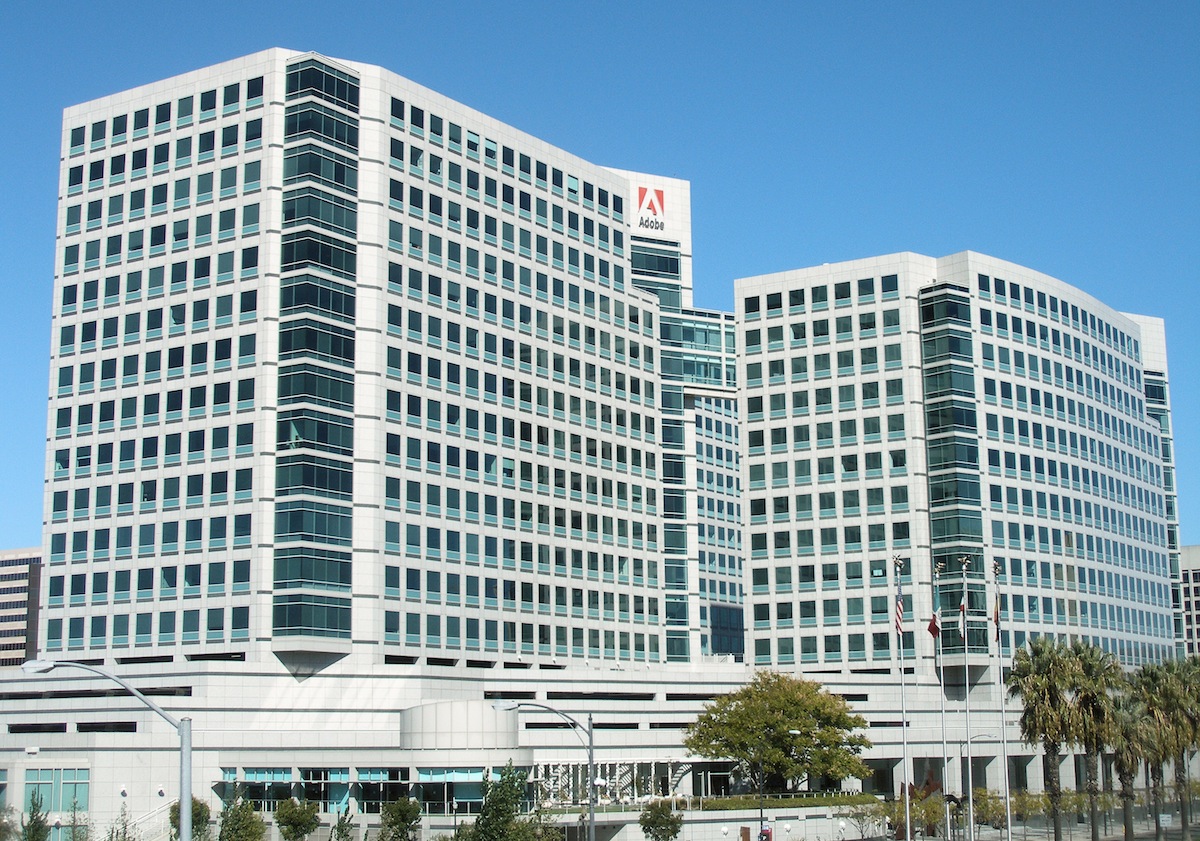Spending by U.S. businesses on new and used structures and equipment rose 4.5%, from $1.42 billion in 2012 to $1.49 billion in 2013, according to the latest economic data released today by the U.S. Census Bureau.
These findings come from the 2013 Annual Capital Expenditures Survey, which provides statistics on capital spending for new and used structures and equipment by U.S. non-farm businesses with and without paid employees. This survey, conducted annually since 1994, is an integral part of the federal government’s effort to improve and supplement ongoing statistical economic programs.
Highlights:
• Investments for new and used structures totaled $577.9 billion in 2013. The vast majority of this amount, $545.0 billion (94.3%), was spent on new structures. Expenditures for used structures totaled $33.0 billion (5.7%) in 2013.
• Investments in new and used equipment totaled $910.3 billion in 2013, up $57.0 billion (6.7%) from $853.2 billion in 2012. The majority of this amount (94.1%) was for new equipment, which totaled $856.7 billion in 2013, an increase of $56.5 billion (7.1%) from $800.2 billion in 2012. Expenditures for used equipment (5.9% of the amount) totaled $53.5 billion in 2013.
• Companies with employees accounted for $1.4 trillion (93.9%) of total capital spending in 2013.
• Of the 19 North American Industry Classification System (NAICS) major industry sectors covered in this report, only one sector had a statistically significant year-to-year decrease in capital spending: The utilities sector (NAICS 22) showed a decrease of 10.6%, from $125.0 billion in 2012 to $111.7 billion in 2013. Eight sectors had a statistically significant increase in capital spending and ten showed no statistically significant change during this period.
Related Stories
| Nov 2, 2010
A Look Back at the Navy’s First LEED Gold
Building Design+Construction takes a retrospective tour of a pace-setting LEED project.
| Nov 2, 2010
Wind Power, Windy City-style
Building-integrated wind turbines lend a futuristic look to a parking structure in Chicago’s trendy River North neighborhood. Only time will tell how much power the wind devices will generate.
| Nov 2, 2010
Energy Analysis No Longer a Luxury
Back in the halcyon days of 2006, energy analysis of building design and performance was a luxury. Sure, many forward-thinking AEC firms ran their designs through services such as Autodesk’s Green Building Studio and IES’s Virtual Environment, and some facility managers used Honeywell’s Energy Manager and other monitoring software. Today, however, knowing exactly how much energy your building will produce and use is survival of the fittest as energy costs and green design requirements demand precision.
| Nov 2, 2010
Yudelson: ‘If It Doesn’t Perform, It Can’t Be Green’
Jerry Yudelson, prolific author and veteran green building expert, challenges Building Teams to think big when it comes to controlling energy use and reducing carbon emissions in buildings.
| Nov 2, 2010
Historic changes to commercial building energy codes drive energy efficiency, emissions reductions
Revisions to the commercial section of the 2012 International Energy Conservation Code (IECC) represent the largest single-step efficiency increase in the history of the national, model energy. The changes mean that new and renovated buildings constructed in jurisdictions that follow the 2012 IECC will use 30% less energy than those built to current standards.
| Nov 1, 2010
Sustainable, mixed-income housing to revitalize community
The $41 million Arlington Grove mixed-use development in St. Louis is viewed as a major step in revitalizing the community. Developed by McCormack Baron Salazar with KAI Design & Build (architect, MEP, GC), the project will add 112 new and renovated mixed-income rental units (market rate, low-income, and public housing) totaling 162,000 sf, plus 5,000 sf of commercial/retail space.
| Nov 1, 2010
John Pearce: First thing I tell designers: Do your homework!
John Pearce, FAIA, University Architect at Duke University, Durham, N.C., tells BD+C’s Robert Cassidy about the school’s construction plans and sustainability efforts, how to land work at Duke, and why he’s proceeding with caution when it comes to BIM.
| Nov 1, 2010
Vancouver’s former Olympic Village shoots for Gold
The first tenants of the Millennium Water development in Vancouver, B.C., were Olympic athletes competing in the 2010 Winter Games. Now the former Olympic Village, located on a 17-acre brownfield site, is being transformed into a residential neighborhood targeting LEED ND Gold. The buildings are expected to consume 30-70% less energy than comparable structures.
| Oct 27, 2010
Grid-neutral education complex to serve students, community
MVE Institutional designed the Downtown Educational Complex in Oakland, Calif., to serve as an educational facility, community center, and grid-neutral green building. The 123,000-sf complex, now under construction on a 5.5-acre site in the city’s Lake Merritt neighborhood, will be built in two phases, the first expected to be completed in spring 2012 and the second in fall 2014.















